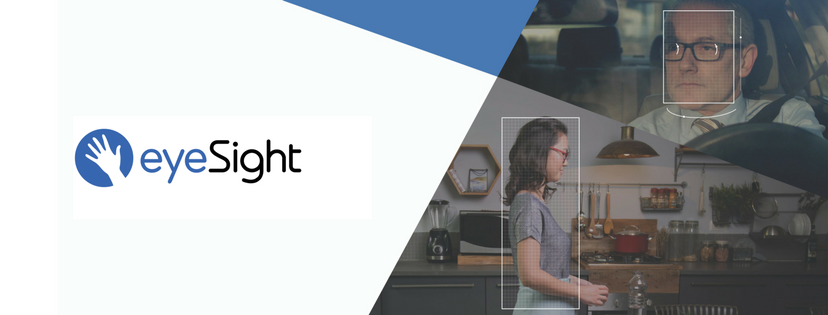Computer vision company eyeSight Technologies said it has been awarded two new patents that could one day become a mainstay of smart home devices and systems.

The company revealed its been granted a patent for something called Direct Pointing Interaction technology, which addresses solutions centered around direct pointing detection for interaction with a digital device and displays. The second patent refers to a solution for the power consumption issue in AR/VR headsets and wearable devices.
Issued in the U.S., eyeSight's new patent allows users to simply point toward a location of interest through either an AR/VR headset, an object on a display or at a smart home device such as a smart TV, smart lights or thermostat, and control it directly.
Instead of using a complicated or indirect hand gesture to perform an action, such as lifting a finger upward to get control over a mouse cursor on the display and moving the finger until the cursor reaches a desired icon to be clicked on, the newly patented direct pointing technology can immediately detect the exact location a user is pointing at, making the interaction natural, direct and immediate.
eyeSight said that devices with this particular technology will have the following capabilities in certain use cases that add a layer of intelligence and one-of-a-kind experience for users:
"The new Direct Pointing Interaction technology will provide the 'touch' in our future touch-free interaction world," said Itay Katz, Founder and CTO of eyeSight Technologies. "Communication between humans and machines should be natural and effortless, no matter what device a user chooses. Our goal in pursuing these patents is to create a future where users don't have to struggle with their devices, but can communicate and have their devices understand with little effort on their side."
The company's second new patent, granted in China, addresses the acute issue of gesture recognition's power consumption, which is mainly prevalent in AR/VR applications. By controlling the camera, changing the frame rates and video resolution, this patent helps reduce touch-free interaction solutions' normal power consumption rate by ten times.